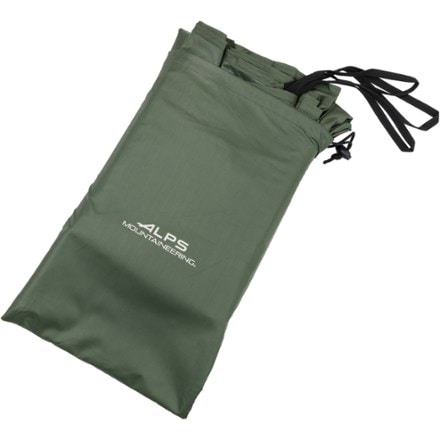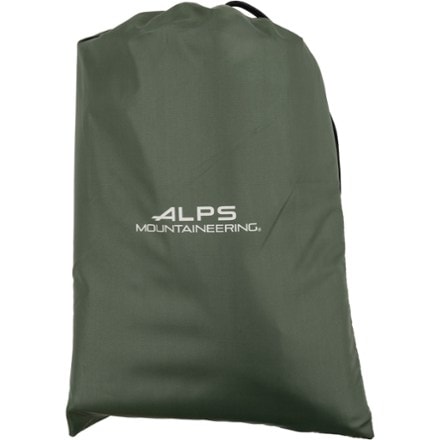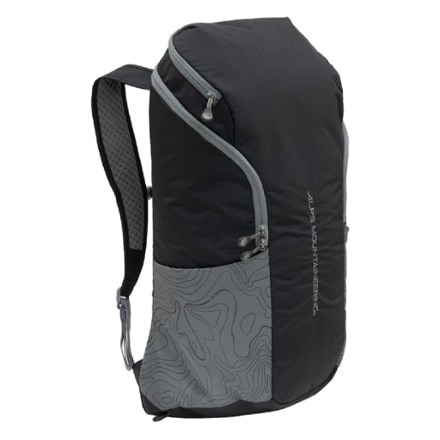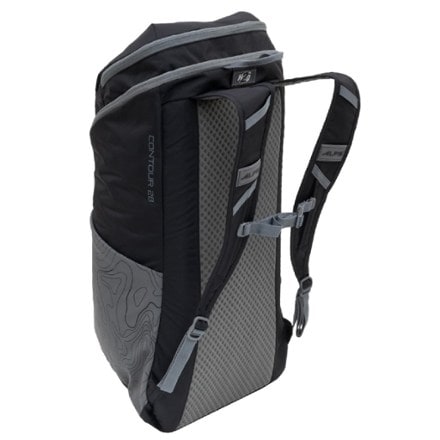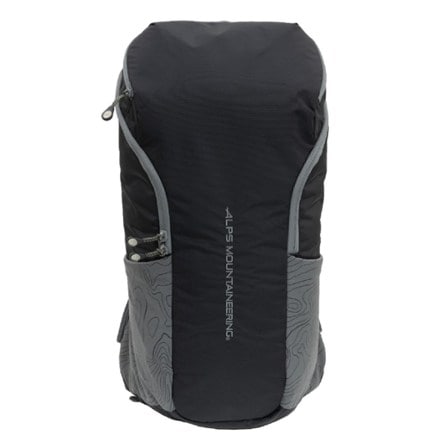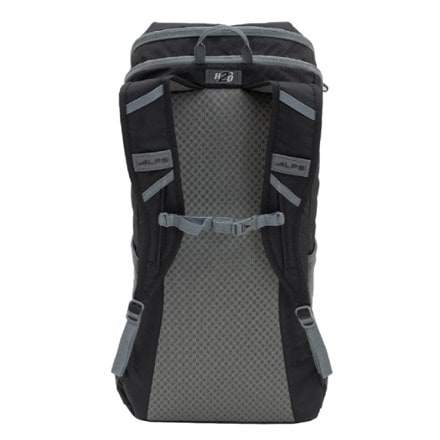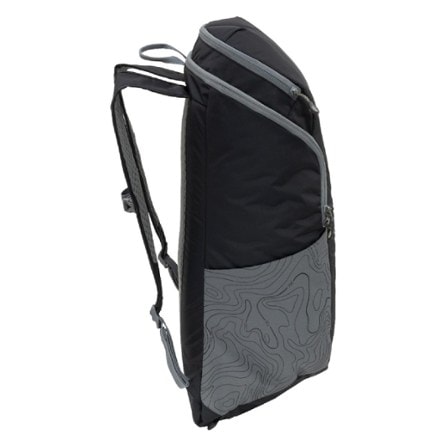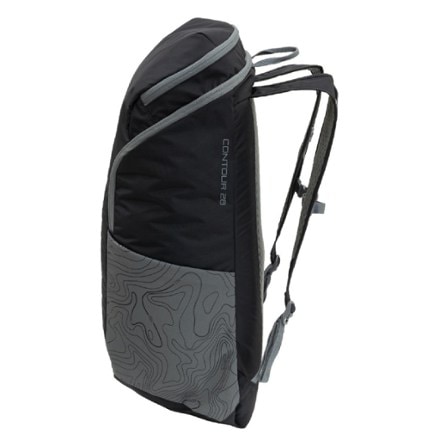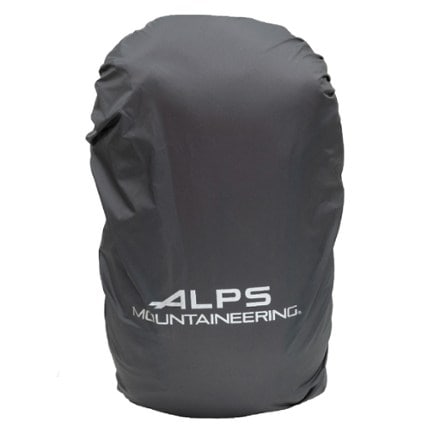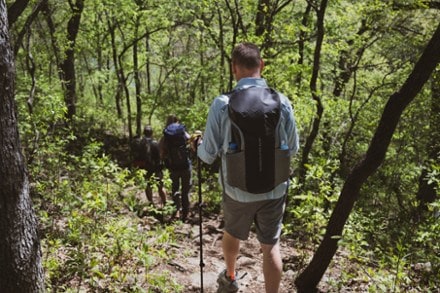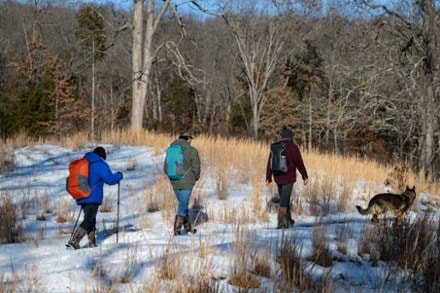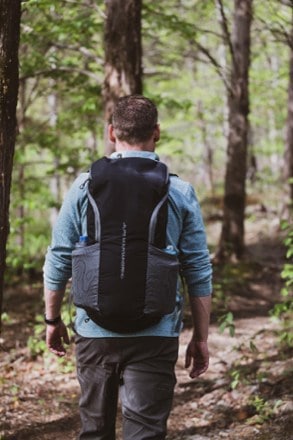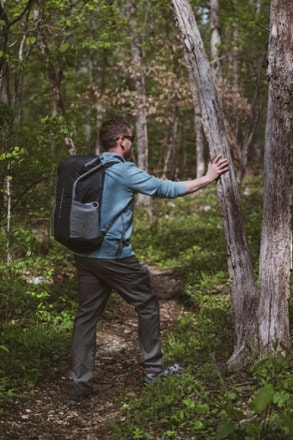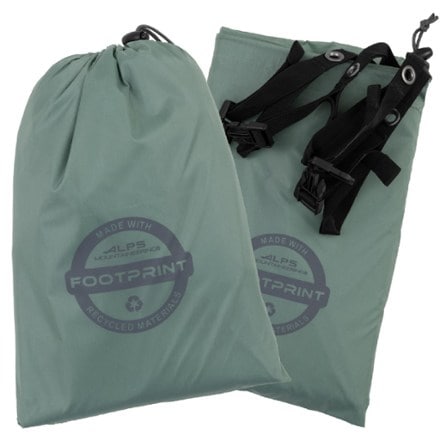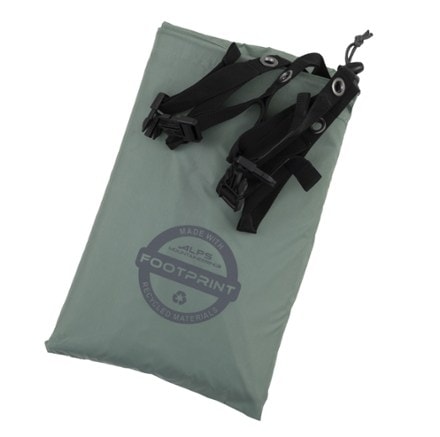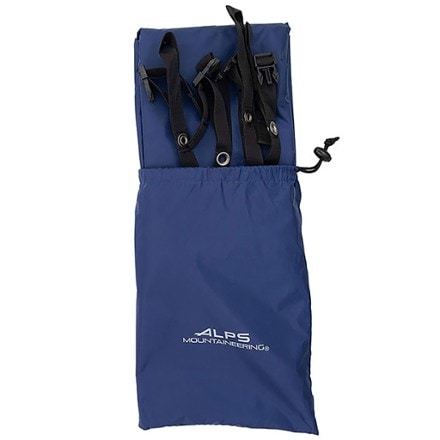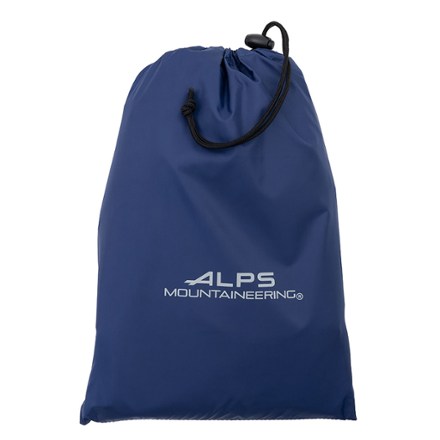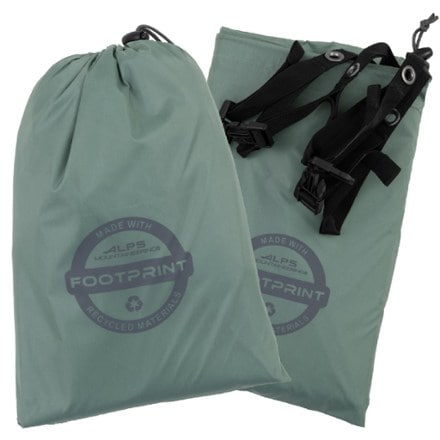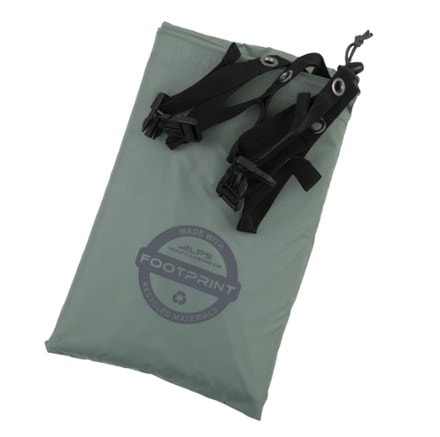All ALPS Mountaineering Products
(65 products)- Camping and Hiking (56)
- Sleeping Gear (16)
- Tents (15)
- Hiking Backpacks (14)
- Camp Furniture (11)
- Camp Kitchen (2)
- Packs and Bags (23)
- Watersports (17)
- Travel Gear (3)
- Women's Clothing (1)
- Men's Clothing (1)
- Cycling (1)
- Fitness (1)
- Training (1)
- Reservoir Compatible (13)
- Raincover Included (12)
- Waterproof (7)
- Hipbelt Pockets (7)
- Insulated (5)
- Adjustable Torso Length (5)
- Repair Kit Included (4)
- Suspended Mesh Back Panel (4)
- Backpack Straps (4)
- Water-Resistant Down (3)
- Compression Straps (3)
- Cup Holder (2)
- Armrests (2)
- Ultralight (2)
- Bite Valve Shut-off Switch (2)
- Sleeping Bag Compartment (2)
- Transparent (2)
- Padded (1)
- Puffy (1)
- Removable Daypack (1)
- Top Rated (1)
- $0.00 to $9.99 (1)
- $10.00 to $19.99 (1)
- $20.00 to $49.99 (20)
- $50.00 to $99.99 (17)
- $100.00 to $199.99 (22)
- $200.00 to $499.99 (6)
- Camping (30)
- Backpacking (21)
- Hiking (9)
- Paddling (6)
- Travel (3)
- Multisport (1)
- Cycling (1)
- 0 to 0.49 (4)
- 0.5 to 0.99 (7)
- 1 to 1.49 (7)
- 1.50 to 2.99 (21)
- 3 to 4.99 (8)
- 5 to 7.99 (8)
- 8 to 11.99 (3)
- 12 to 19.99 (6)
- 20 to 29.99 (1)
- Deals (65)
- Weekend (35-50L) (10)
- Multiday (50-80L) (6)
- Extended (70+ L) (5)
- ALPS MountaineeringWildwood 2-Room Footprint$44.73Save 25%compared to $59.99(0)0 reviewsREI OUTLET
- ALPS MountaineeringContour 28 Pack$74.73Save 25%compared to $99.99(0)0 reviewsREI OUTLET
- ALPS MountaineeringFelis 2 Footprint$26.73Save 23%compared to $34.99(0)0 reviewsREI OUTLET
- ALPS MountaineeringAcropolis 3 Footprint$29.73Save 25%compared to $39.99(0)0 reviewsREI OUTLET
- ALPS MountaineeringFelis 1 Footprint$22.73Save 24%compared to $29.99(0)0 reviewsREI OUTLET
Related Expert Advice articles
Types of packs
Backpacking packs can be 30 to 70-plus liters. To choose the right capacity, consider trip duration and the gear you’ll bring.
Backpack features
Think about the frame type, location of important pockets, padding and ventilation, among other things.
Backpack fit
Your pack should be correctly sized for your torso length (not overall height) and hip circumference. A fit-expert at an REI store can help.
Read full article: The Best Budget Sleeping Pads of 2024: Tested
What capacity tent do you need?
- How many are in your group? Tents vary in size from 2- to 8-person.
- Assume a close fit for the number of people your tent is designed to accommodate. If you need more space for dogs and gear, size up.
Choose the seasonality
- 3-season tents are great shelters for most of the year. They have ample mesh for good airflow and can withstand basic downpours.
- 3+- season tents are a little sturdier, and with less mesh, and are warmer than their 3-season cousins.
- 4-season tents are engineered to handle high winds and other severe weather. This can make them stuffy in warm weather.
Decide on key features
- Peak height: Look for a taller peak height if you want to stand up in the tent.
- Floor length: Can you fully lie down if you’re tall? Will it fit your cot or air mattress?
- Doors: If multiple people are sleeping in the tent, you might want more than one door for more convenient access.
How will you use the chair?
If you plan to take it backpacking, weight and packed size are key.
For car camping, picnicking, or sitting in your backyard, pick a premium chair that's bigger and as plush as you'd like.
Chairs for backpackers
Camp stools: the lightest and simplest option of all— light but with no back rest.
Two-legged chairs: Your feet act as the front feet of the chair, which saves weight and lets you rock a little.
Pick a camp chair style
Classic camp chair: has four legs, a straight back and a flat seat. Afforable, stable and typically high enough to sit down and stand up with ease.
Low chair: a chair with four short legs that’s good on uneven ground.
Suspended chair: a newer, more pricey style; sitter suspends from the chair frame.
Scoop chair: resembles a sling. Good compromise between lightness and comfort.
Other features to consider:
Price often reflects the quality of the frame and fabric material.
Pay attention to extras such as cup holders, footrests, head and lumbar pads.
What capacity tent do you need?
- How many are in your group? Backpacking tent models usually hold 1 to 5 people.
- There’s no industry standard for what each size means, so check product specs.
- Assume a close fit for the number of people your tent is designed to accommodate, especially with ultralight models. If you need more elbow room, consider the next size up.
Decide whether you need all-year protection
- Many backpackers, especially beginners, choose a 3-season tent for great all-around protection.
- 3+- season tents are a little sturdier and warmer than their 3-season cousin, and with less mesh.
- 4-season tents are engineered to handle high winds and other severe weather. This can make them stuffy in warm weather.
- Consider alternative shelters like hammock tents, bug shelters or bivy sacks depending on your preferences and the conditions you may typically encounter on backpacking trips.
Tent weight
Backpacking tents are a tradeoff between weight and comfort. Pay attention to the difference between packaged weight (every part included) and minimum trail weight (the weight of just the tent, rain fly and poles).
Think about livability
- Peak area: How tall is the tent?
- Floor area: How much square footage is inside?
Consider your main activity:
- Hiking: Compatible with hydration reservoirs; some have straps or loops to attach trekking poles or other gear.
- Running: Designed to limit bounce; compatible with water bottles or hydration reservoirs.
- Climbing: Slim profile with abrasion-resistant reinforcements.
- Traveling: Has compartments for easy organization; many meet carry-on size requirements.
How much gear will you carry?
- 20L or less: Ideal for short runs, day hikes or quick outings.
- 21–35L: The sweet spot for hiking and travel.
- 36–50L: Best for extended trips or adventures requiring more gear or clothing.
Find the right fit:
- Daypacks are available in a range of sizes.
- Check your torso length and waist against the brand's size chart for the best fit.
- Many packs feature adjustable torso lengths to fine-tune your fit.
